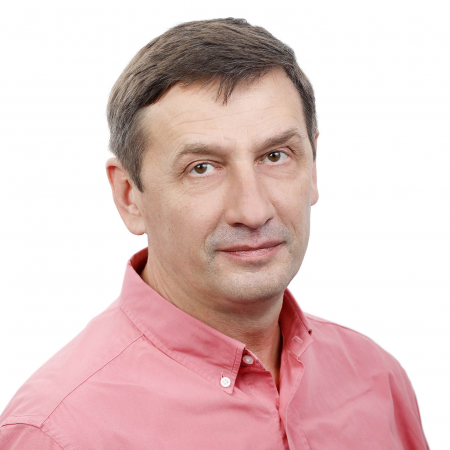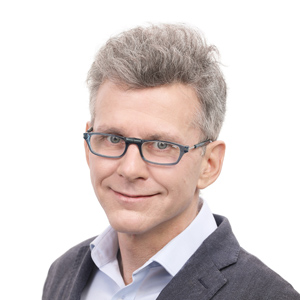Neuroendoscopy
What is neuroendoscopy?
Neuroendoscopy is a minimally invasive surgery that uses a special device - an endoscope - to access the peripheral nerves, brain, and spinal cord. This makes it possible to visualize those parts of the nervous system that were not available in classical open neurosurgery. Minimal access to the area of surgical intervention reduces the risks associated with the volume of open operations in neurosurgery and reduces the duration of the rehabilitation period.
What is an endoscope in neurosurgery?
An endoscope is a special device that contains a high-resolution video camera and an eyepiece. Such devices allow the neurosurgeon with high resolution on the screen to see the problem area and describe it. Considering that modern endoscopes are capable of visualizing at different angles, this makes it possible to obtain information from inaccessible areas of the brain and spinal cord. The endoscope is equipped at the end with special instruments (scissors or forceps) that allow biopsy or tumor removal. Some machines use a laser to remove tumors or cysts.
What are the benefits of neuroendoscopy?
Neuroendoscopy has several advantages:
- a miniature incision is used for access;
- after the operation, the patient has less pain in the operated area;
- the postoperative period is shortened, the patient's stay in the clinic is reduced, this affects the cost of neuroendoscopy;
- the duration of the operation is reduced.
MS "Dobrobut" possesses the most modern technology and equipment for performing neuroendoscopy in Ukraine. Our specialists carry out interventions on a routine basis, adhering to international treatment protocols, and constantly undergo training in European foreign clinics to improve their professional level.
When is neuroendoscopy performed?
Most often, the indications for surgery are brain pathologies.
This method of surgical intervention is used for:
- Rathke's pocket cysts;
- tumors of the brain (pineal gland, base of the skull, pituitary gland, ventricles);
- hydrocephalus;
- protrusion of the lumbar and thoracic spine.
You can find out about the cost of the examination, the cost of the operation, or sign up for a consultation with our specialists at the Dobrobut Medical Center in Kyiv by calling the call center number and leaving a request on our website.
Bibliography
- The role of neuroendoscopy in the management of brain tumours. Macarthur, D.C., Buxton, N., Punt, J., Vloeberghs, M., Robertson, I.J. British journal of neurosurgery. (2002)
- Endoscopic selective sampling of human ventricular CSF: a new perspective. Longatti, P., Perin, A., Rizzo, V., Comai, S., Bertazzo, A., Allegri, G. Minimally invasive neurosurgery : MIN. (2004)
- Multimodality stereotactic approach to the treatment of cystic craniopharyngiomas. Nicolato, A., Foroni, R., Rosta, L., Gerosa, M., Bricolo, A. Minimally invasive neurosurgery : MIN. (2004)
- Comparison of total versus partial revision of initial ventriculoperitoneal shunt failures. McGirt, M.J., Wellons, J.C., Nimjee, S.M., Bulsara, K.R., Fuchs, H.E., George, T.M. Pediatric neurosurgery. (2003)
- Third ventricular cysts and membranes unsuspected on conventional CT and MRI. MacArthur, D.C., Robertson, I.J., Punt, J.A. British journal of neurosurgery. (2000).
- А.Л. Поленова -Нейроэндоскопия в детской практике - 2016г..


